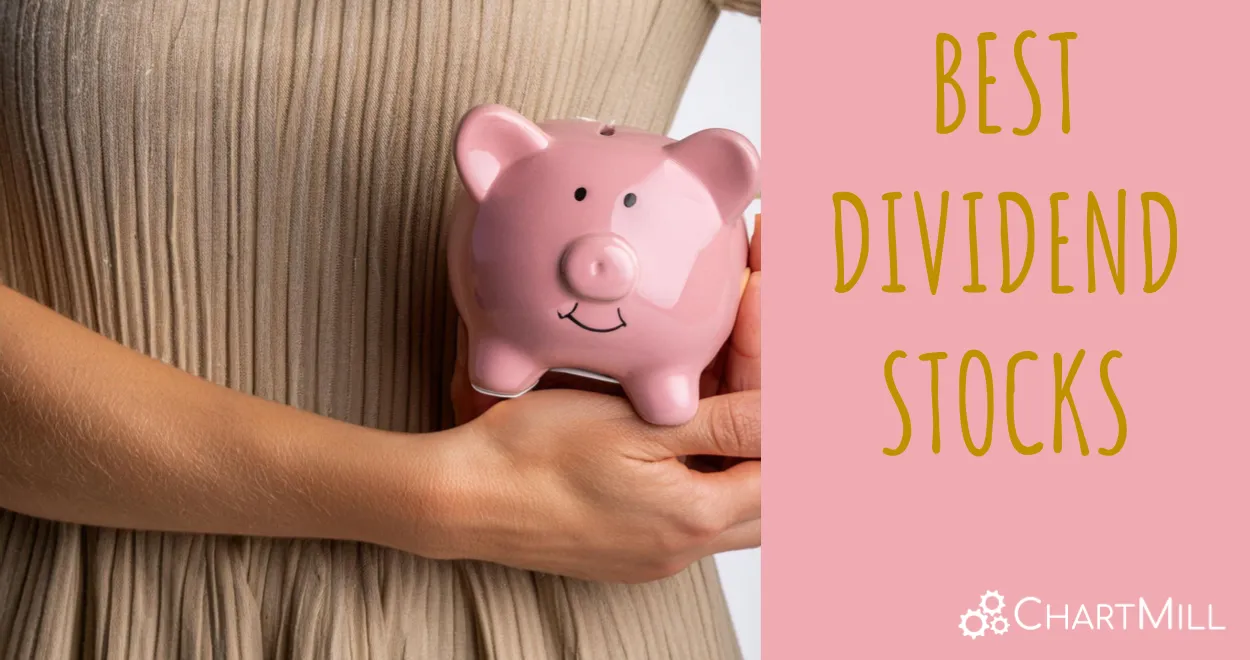Is NYSE:SQM suited for dividend investing?
By Mill Chart
Last update: May 27, 2024
Unearth the potential of QUIMICA Y MINERA CHIL-SP ADR (NYSE:SQM) as a dividend stock recommended by our stock screening tool. NYSE:SQM maintains a robust financial footing and delivers a sustainable dividend. We'll delve into the details below.

A Closer Look at Dividend for NYSE:SQM
An integral part of ChartMill's stock analysis is the Dividend Rating, which spans from 0 to 10. This rating evaluates diverse dividend factors, including yield, historical data, growth, and sustainability. NYSE:SQM has received a 7 out of 10:
- With a Yearly Dividend Yield of 10.90%, SQM is a good candidate for dividend investing.
- SQM's Dividend Yield is rather good when compared to the industry average which is at 2.23. SQM pays more dividend than 100.00% of the companies in the same industry.
- Compared to an average S&P500 Dividend Yield of 2.37, SQM pays a better dividend.
- On average, the dividend of SQM grows each year by 98.58%, which is quite nice.
- SQM has been paying a dividend for at least 10 years, so it has a reliable track record.
How do we evaluate the Health for NYSE:SQM?
ChartMill assigns a Health Rating to every stock. This score ranges from 0 to 10 and evaluates the different health aspects like liquidity and solvency, both absolutely, but also relative to the industry peers. NYSE:SQM scores a 7 out of 10:
- SQM has an Altman-Z score of 5.01. This indicates that SQM is financially healthy and has little risk of bankruptcy at the moment.
- The Altman-Z score of SQM (5.01) is better than 82.35% of its industry peers.
- The Debt to FCF ratio of SQM is 2.06, which is a good value as it means it would take SQM, 2.06 years of fcf income to pay off all of its debts.
- The Debt to FCF ratio of SQM (2.06) is better than 84.71% of its industry peers.
- A Debt/Equity ratio of 0.45 indicates that SQM is not too dependend on debt financing.
- SQM has a Current Ratio of 2.48. This indicates that SQM is financially healthy and has no problem in meeting its short term obligations.
- SQM has a Current ratio of 2.48. This is in the better half of the industry: SQM outperforms 63.53% of its industry peers.
- SQM has a better Quick ratio (1.81) than 67.06% of its industry peers.
Analyzing Profitability Metrics
Discover ChartMill's exclusive Profitability Rating, a proprietary metric that assesses stocks on a scale of 0 to 10. It takes into consideration various profitability ratios and margins, both in absolute terms and relative to industry peers. Notably, NYSE:SQM has achieved a 9:
- With an excellent Return On Assets value of 34.56%, SQM belongs to the best of the industry, outperforming 100.00% of the companies in the same industry.
- SQM's Return On Equity of 71.10% is amongst the best of the industry. SQM outperforms 100.00% of its industry peers.
- The Return On Invested Capital of SQM (46.56%) is better than 100.00% of its industry peers.
- SQM had an Average Return On Invested Capital over the past 3 years of 22.85%. This is significantly above the industry average of 11.15%.
- The last Return On Invested Capital (46.56%) for SQM is above the 3 year average (22.85%), which is a sign of increasing profitability.
- SQM has a better Profit Margin (35.24%) than 98.82% of its industry peers.
- In the last couple of years the Profit Margin of SQM has grown nicely.
- The Operating Margin of SQM (49.99%) is better than 100.00% of its industry peers.
- SQM's Operating Margin has improved in the last couple of years.
- SQM has a better Gross Margin (51.46%) than 96.47% of its industry peers.
- In the last couple of years the Gross Margin of SQM has grown nicely.
Our Best Dividend screener lists more Best Dividend stocks and is updated daily.
Check the latest full fundamental report of SQM for a complete fundamental analysis.
Keep in mind
This article should in no way be interpreted as advice. The article is based on the observed metrics at the time of writing, but you should always make your own analysis and trade or invest at your own responsibility.


